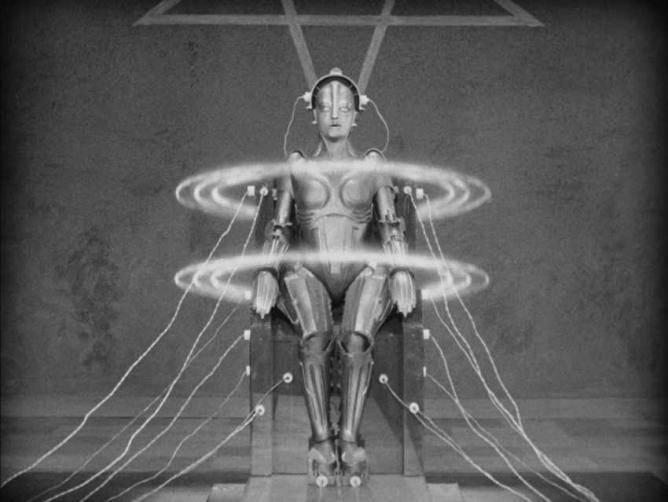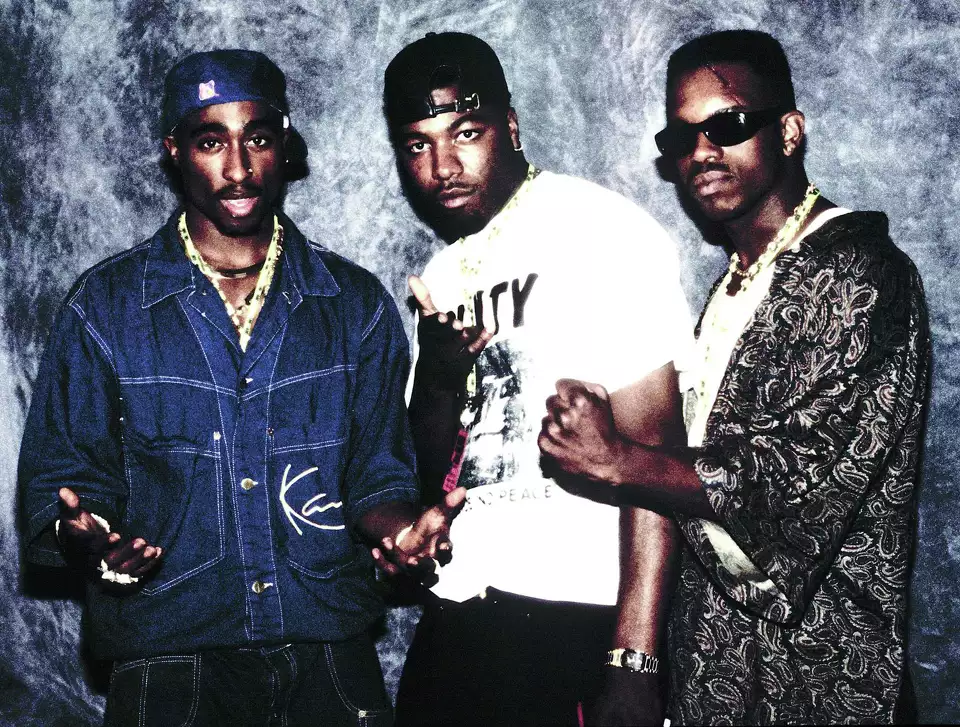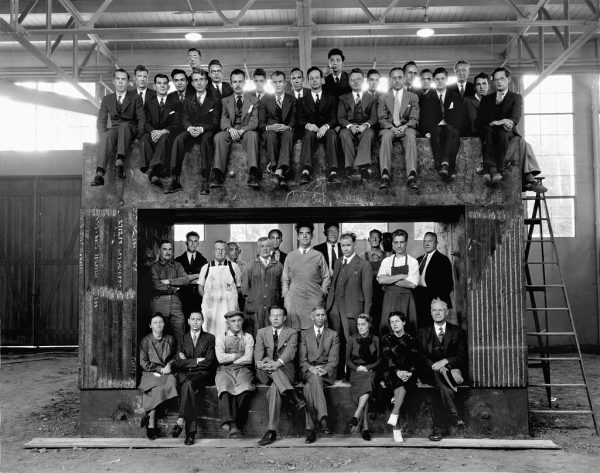Science Fiction in film has evolved significantly, from the pioneers of the 1920s, the classics from the 1980s, and the new wave of the 2000s. Sci Fi is one of the most popular movie genres to exist. They grab your attention, no matter your preferences, because we share a common interest in the impossible and what lies among the stars.
Sci Fi film began in the 1900’s, with La Voyage dans la Lune (1902, Georges Méliès), running just 14 minutes long. In the 1920’s we get the groundbreaking Metropolis (1927, Fritz Lang), which set off more experimental elements in sci fi. From the 1950’s and 1960’s, we get the classics Creature From The Black Lagoon (1954, Jack Arnold), Planet Of The Apes (1968, Franklin J. Schaffner), and the incredible 2001 a Space Odyssey (1968, Stanley Kubrick). The 1980s and 1990s were considered the golden age of sci fi, with hits like E.T. The Extra Terrestrial (1984, Steven Spielberg), the original Star Wars trilogy (George Lucas), The Matrix (1999, Wachowski sisters), and of course, the classic Back To The Future (1985, Robert Zemeckis). And finally, from the 2000s, Interstellar (2014, Christopher Nolan), Her (2022, Jordan Peele), and the terrifying Under The Skin (2013, Jonathan Glazer). Throughout the years, these movies reflect not just what the public wants to see, but what the public feels during that time.
Sci Fi has also changed in terms of its usage of special effects and set design, but as time moves forward writers have been increasingly experimental with their stories and what they want to portray to audiences. Before CGI took over the film world, practical, physical special effects were used to portray the improbable. Special effects supervisors would create by hand 3-dimensional models of a spaceship, a monster, or even a whole town. In the beloved classic Star Wars: A New Hope (1977), the gargantuan millennium falcon was only about the size of an average arm span, but with specific angles and other effects, it was a large ship on the screen. Another classic example of a film that relies on practical effects to bring horror to life is The Thing (1982, John Carpenter). The haunting storyline relied on an incredible use of marionettes, hand puppets, wires and pull handles. Though practical effects were expensive and time consuming, they created a whimsical look to all the films that used them.
The first film to use CGI was Vertigo (1958, Alfred Hitchcock), before it became pervasive in the 1990s. Computer technology was still in its early days, but instantly became popular because of its ability to create photorealistic settings and characters that made anything possible. While older films would use puppets or claymation to portray an alien, a film like Mars Attacks! (1996, Tim Burton) used CGI to create the evil little Martians that invaded earth.
Not only has the use of special effects changed, but the writing styles have changed as well. The most popular sci fi movies from back in the day were grandiose and exciting adventures with simple stories. Newer science fiction writers have shown more interest in theoretical physics and social issues. Her (2014, Spike Jonze) addresses loneliness and depression and the obsession with technology. Under The Skin (2013, Johnathan Glazer) shows themes about rape culture and how women are treated. In this way, Sci Fi reflects the societal issues on the public’s mind, diving into complex matters via the screen.
Though Sci Fi has changed and developed over the years, it will always capture the public’s imagination with the latest technology and commentary on current society.



